Like it or loathe it, the VAR (video assistant referee) era in Scottish football begins on Friday night.
St Johnstone will take part in the first ever SPFL fixture to be played with the technology when they visit Hibs under the lights.
All eyes will be on referee Kevin Clancy and, in particular, VAR Willie Collum.
Ahead of a seismic change in how football is officiated and consumed in the Premiership, Courier Sport outlines everything fans need to know about VAR.
Inside the VAR Hub
A nondescript industrial estate on the outskirts of Glasgow is about to become one of the most important locations in Scottish football.
VAR will be based at Clydesdale House in Baillieston, with the operation sharing a floor with broadcast partners QTV, who provide the live feeds to Scottish FA officials.
The VAR Hub consists of two rooms.
There is a control room, which allows Scottish FA head of refereeing Crawford Allan or his deputy Tom Murphy to have an overview of all matches. They will also be able to communicate with broadcasters and contact the stadiums in case of emergency.
Find out more about VAR and how it will work, as we take a tour of the VAR control room at Clydesdale House. pic.twitter.com/jC8VGmUC0U
— Scottish FA (@ScottishFA) October 13, 2022
Then there is the VAR room itself. That is a STRICTLY sterile zone. No phones or other means of communication are permitted.
One VAR, one AVAR (assistant video assisted referee) and a video expert — the latter is responsible for swiftly finding, analysing and clipping footage — will be present for every game, monitoring a video wall of several angles and a master feed.
While the VAR is checking an incident, the AVAR will continue to monitor the match live.
When VAR can and cannot intervene
VAR will only intervene in FOUR circumstances: straight red cards; penalty area incidents; goals; mistaken identity.
A ‘minimum interference, maximum benefit’ mantra was cited by referees’ chief Crawford Allan.
EVERY goal is checked by VAR — not merely when there is a suspicion of an infraction.
For matters of fact, such as an offside decision or the ball having gone out of play in the build-up to a goal, the referee will not be required to go to his monitor.
Otherwise, they will be asked to view a package of replays assembled by the VAR team before making a final decision.
While loath to place a potential timeframe on decisions, a delay of between two and three minutes was typical during the Scottish FA’s test matches prior to being granted final approval in September.
One notable occasion when VAR will NOT intervene is when the referee dishes out a second yellow card, despite it leading to a red card. The only exception to that is for cases of mistaken identity.
Only offences that took place during the phase of play when the goal was scored will be considered.
That timeframe is defined from the point the VAR calls ‘APP’ (‘Attacking Phase Possession’). The VAR will make that call every time a new phase of attacking play begins.
What about Goal Line Technology?
Goal Line Technology is NOT part of the package coming to Scottish football.
It is a completely different product — the Hawk-Eye company operate it in England — and it is understood to be more costly than VAR.
It would be down to SPFL clubs to agree on another sizeable outlay to bring it to these shores.
What is the latest offside guidance?
Offside decisions have long been a talking point of VAR, particularly during the early days of its implementation in England when strikes were being disallowed for absurdly tight margins.
However, guidance has been slightly altered.
Now, when the lines marking the attacking and defending players overlap, the attacker will be deemed onside. There MUST be clear space between the lines on the replay.
While a seemingly minor alteration, it is estimated that amounts to between seven and eight centimetres.
Just as occurs in other countries — much to the chagrin of many — assistant referees will be encouraged NOT to raise their flag until an attacking phase of play ends, unless they are categorically certain of the decision.
How will decisions be communicated to fans?
The Scottish FA will utilise a program called ‘VARdict’ to communicate the process directly to the big screens inside the ground — picture a touch-screen tablet and the operator selecting, for example, ‘Penalty check’ and ‘handball’.
The inputs will be fed directly to stadiums in real-time.
In those grounds that do not have big screens, an announcement will be made via the PA system.
The person responsible for those announcements is given password-protected access to the VARdict for that match.
What technology is within stadiums?
Each Premiership match will now have a minimum of six cameras. The previous minimum was four.
Two will be located in the gantry, one on each 18-yard line, another high behind one goal, and the final camera low behind the other goal.
Matches live on Sky Sports will have 12 cameras.
All clubs have been sent one sideline monitor, a back-up monitor and, in the unlikely event they both fail, a third fail-safe in the form of an internet-enabled mobile phone.
What happens if VAR fails?
This is a pertinent question, given the events of Leeds United vs Arsenal when a power cut meant that VAR and Hawk-Eye’s Goal Line Technology were rendered inoperable.
However, should VAR go down during a match in Scotland, the game will NOT be halted.
A message will be sent from the VAR control room informing the stadiums that VAR is not in operation — relayed to supporters — and the game will continue without the technology.
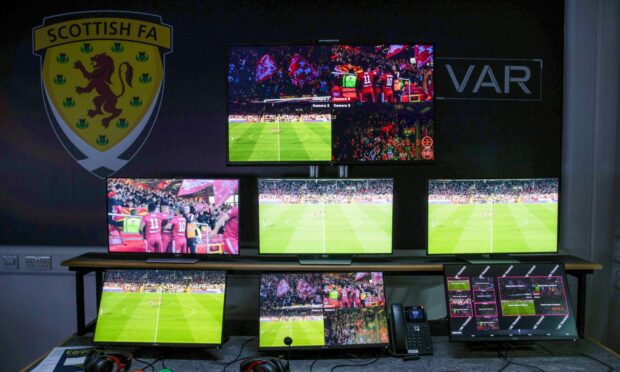
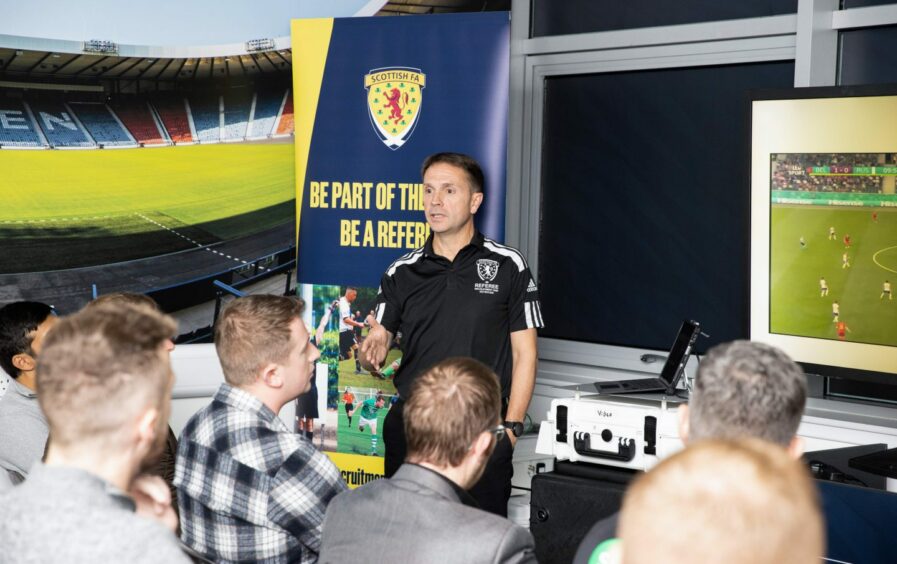
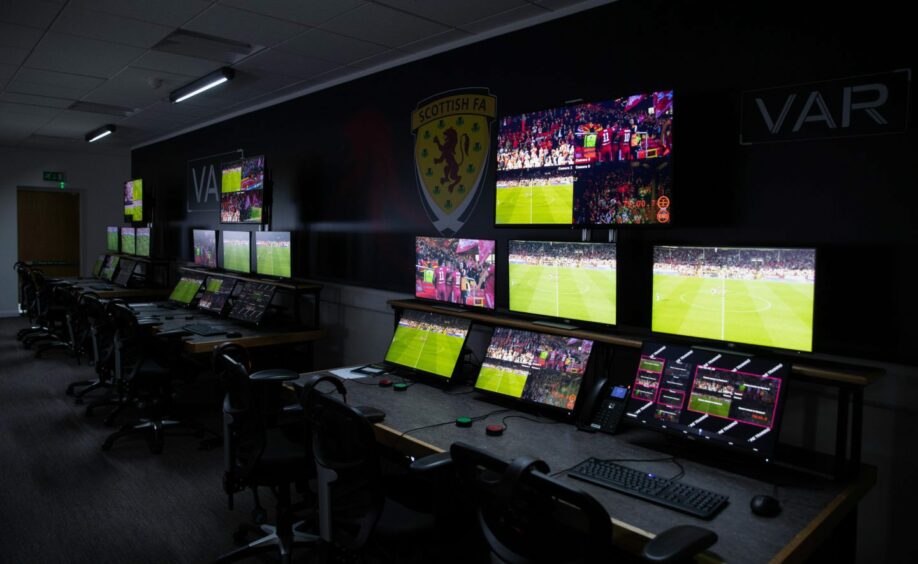
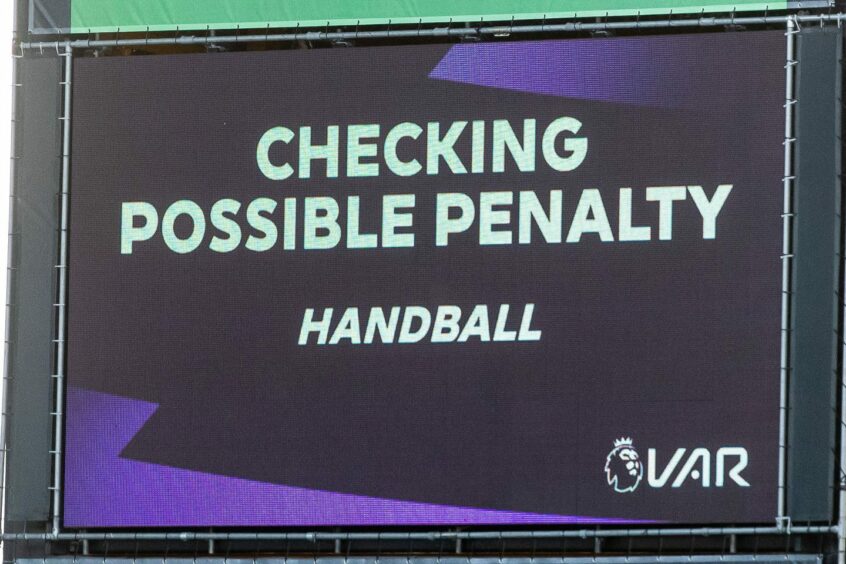
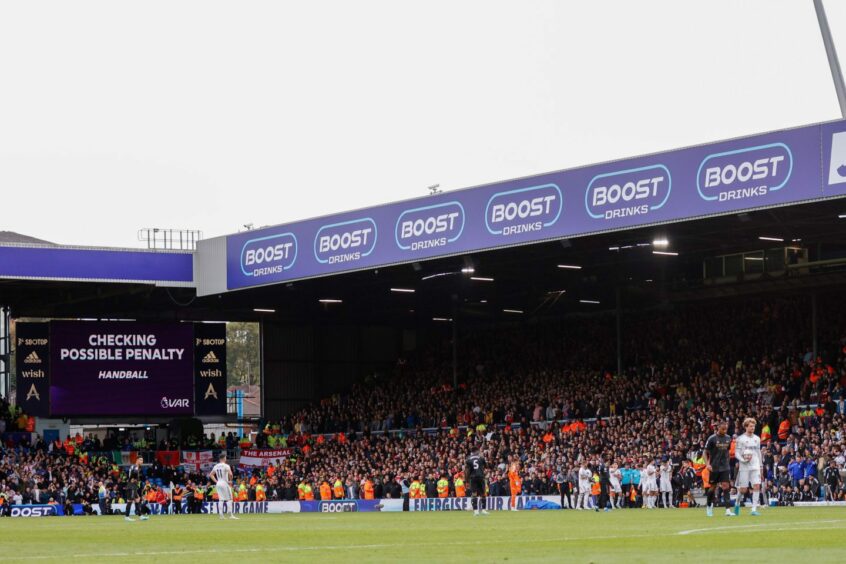
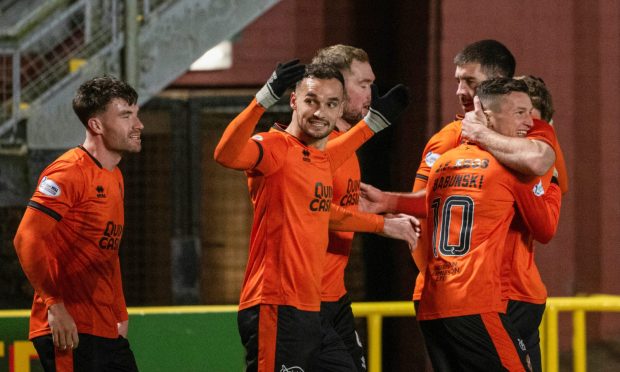



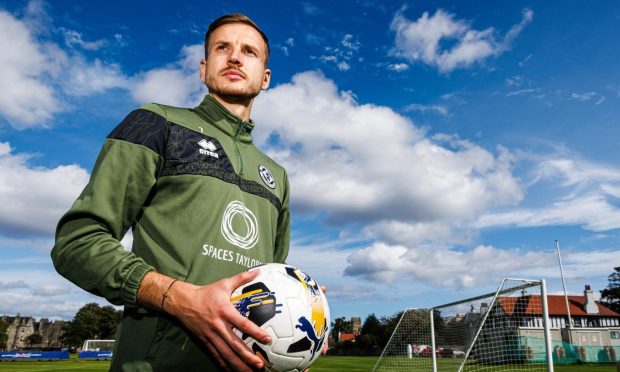





Conversation